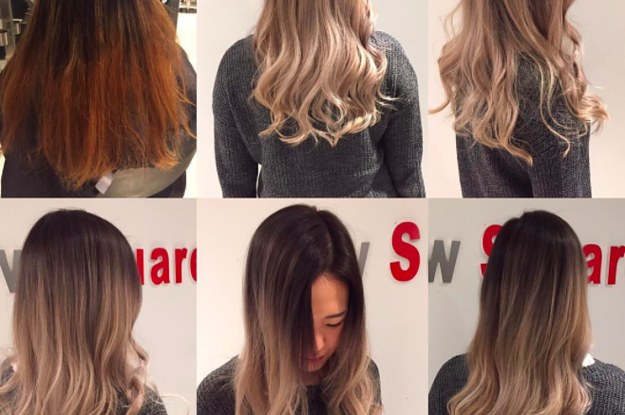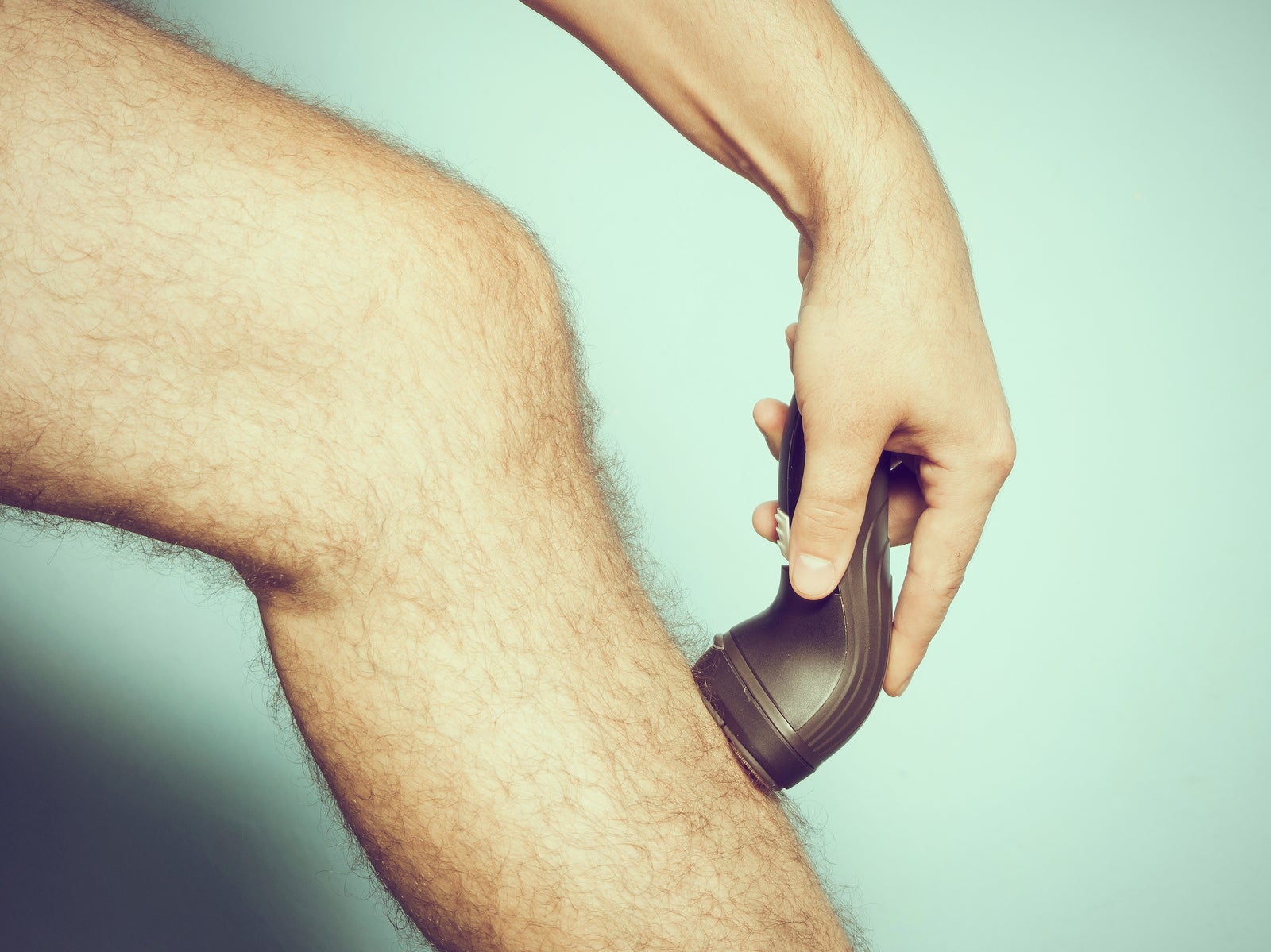Table Of Content

Bleach should be applied to dry, unwashed hair so that the natural oils of the hair aren’t removed. When you apply bleach on freshly washed or shampooed hair, the hair will be more prone to damage or drying. The natural oils act as some sort of protection for the hair.

The Bleaching Process: Wet Hair vs. Dry Hair
Wet bleaching is an ideal option when aiming for softer results without damaging fragile ends of damp hair. Before bleaching wet hair, it’s important to consider the potential risks and rewards of this process. Studies have shown that up to 80% of people who bleach their hair experience some degree of damage. Moreover, wet hair can be more fragile and prone to damage than dry hair. Combining bleach and moisture can weaken the hair structure, making it more susceptible to breakage.
What techniques can be used for bleaching wet hair?
When considering bleaching wet hair, it’s best to consult a professional colorist to determine the safest and most effective approach. This is due to an open cuticle allowing deeper penetration of bleach molecules into each strand for better decomposition of melanin pigments, releasing lighter shades. As a general guideline, most experts recommend leaving bleach on wet hair for no longer than 30 to 45 minutes. Check your hair’s color and condition every 5 to 10 minutes. If you notice it reaching the desired shade or becoming overly processed, rinse it immediately to avoid damage.
Bleaching Locks FAQ
Additionally, hair is most sensitive when wet, which can result in further damage. With wet bleaching, you can achieve subtle color changes that are tailored to your preference. Wet bleach can strip away natural oils from the scalp and ends, potentially leading to split ends or even permanent hair loss. In conclusion, while it is possible to bleach wet hair, there are better methods than this due to the potential for uneven results and increased risk of damage. If you find yourself in this situation, take the necessary precautions and consult a professional if you have any doubts.
Washing removes protective oils that collect on the hair and scalp. Most hair stylists will simply spritz the hair so it is damp before they bleach it. However, applying bleach to freshly washed hair has some advantages; it lightens faster, provides a more subtle color change, and highlights the ends. In general, the amount of time you should leave bleach on wet hair depends on your hair type, texture, and how bright you want your color.
Bleaching Wet Hair – Pros, Precautions, Tips

However, this also means that the hair’s cuticle is more open, leaving it vulnerable to damage. Welcome to Hair Essentials Pro, your all-in-one destination for effortless hair expertise. We're here to guide you from chic styles to simplified care tips, promoting growth, and managing concerns like hair loss.
This method of bleaching combines moisture retention with color correction for a look that’s both modern and gentle on hair. Bleaching wet hair may require a lower volume developer and a shorter processing time. It’s essential to monitor wet hair closely to avoid over-processing.
How to Bleach Your Hair at Home, According to Hair Experts - Real Simple
How to Bleach Your Hair at Home, According to Hair Experts.
Posted: Fri, 12 Apr 2024 07:00:00 GMT [source]
Protect your locks by using hair products with built-in UV protection or by wearing a stylish hat when you're out in direct sunlight. Blow dryers, curling irons, and hair straighteners damage your hair by robbing it of its moisture and natural oils. Before your bleach appointment, stay away from these tools for at least a week. With their expertise in hair consultation and bleaching guidance, they will recommend products based on your desired look. They may also suggest opting out of heat treatments both before and after the treatment to minimize damage. However, scalp protection should be taken into account when lightening your locks with bleach products like Luseta Purple Shampoo.
Stick to a Strict Post-Bleaching Hair Care Routine
Now that we know that bleaching both dry and wet hair is possible and both offer satisfactory results, let’s learn the difference between them. This will help you to decide which bleaching technique you should adopt for your next coloring session. However, ensure that you don’t wash your tresses before the bleaching process. The natural oils of your scalp and strands will act as a protective barrier and help not to damage the manes. Lighten Your Hair FasterOne of the most satisfying things about bleaching your wet hair is that it lightens the strands faster than usual. If you are in a hurry or need a quick result for whatever reason, you can always use the “wet hair” bleaching technique to get fulfilling outcomes in no time.
First-timers will want to be especially careful not to leave bleach on for too long. If you don’t know what you’re doing, you should not be bleaching wet hair. And since you’re reading this blog on the internet, you probably don’t know what you’re doing enough to try bleaching wet hair. When bleaching dry hair, the first thing that the bleach does is open up the cuticles so that it can penetrate them. Bleach is formulated to do this because the melanin pigments are found in the cortex or inside of the hair shaft. Some people would first use the bleach on dry hair, then rinse it out.
Always tick to the recommended sitting time and plan your sessions a minimum of 14 days apart. Because your wet hair is more fragile and vulnerable, learning how to take care of your mane is of necessity. Learn more about how to wet and bleach hair correctly to get your dreamed hair look. Hair experts even advise not to wash your mane 2-3 days before doing the bleaching process. The natural oil will provide a protective layer for your scalp. Besides, it works to lock moisture inside your hair strands and prevent hair ends from dry and damaged after bleaching.
Common Wet Hair Mistakes That Are Secretly Damaging Your Locks - Real Simple
Common Wet Hair Mistakes That Are Secretly Damaging Your Locks.
Posted: Mon, 15 Apr 2024 07:00:00 GMT [source]
This is why it’s generally recommended to bleach dry hair for a safer and more predictable outcome. While you can bleach your hair while it is still damp, it may not achieve the desired look you are going for. If you are not careful, it may also comes with potential damage to your hair. We recommend seeing a qualified hair professional if you are looking to bleach your hair (damp or dry), especially if you are new to the hair dying process. A professional will be able to expertly determine how to get your hair to its absolute best—as safely as possible. Limiting heat styling, sun exposure, and chlorinated pools can prevent dryness and breakage.

No comments:
Post a Comment